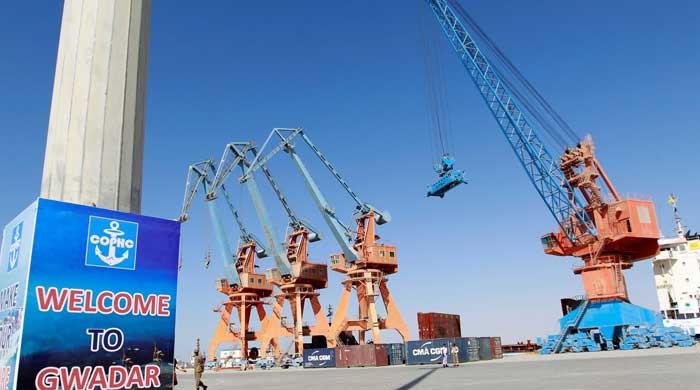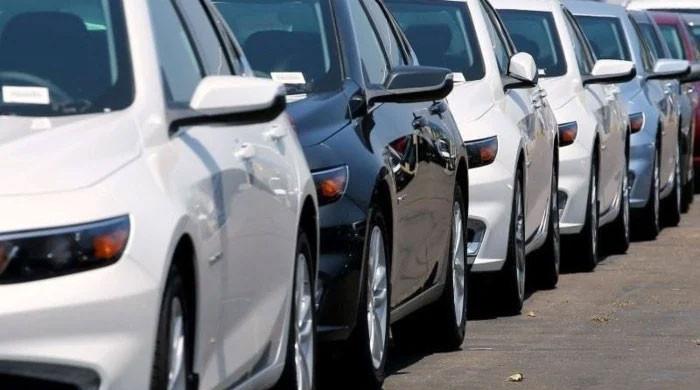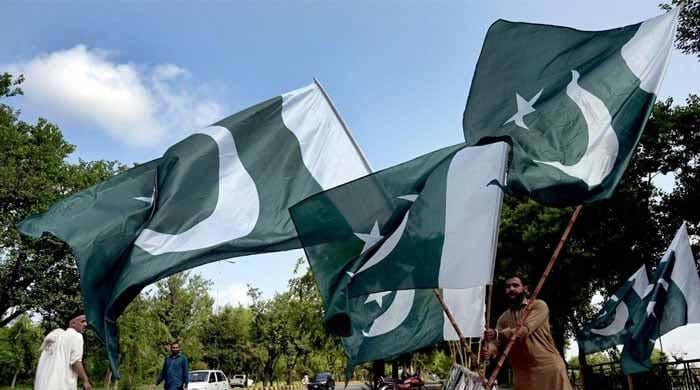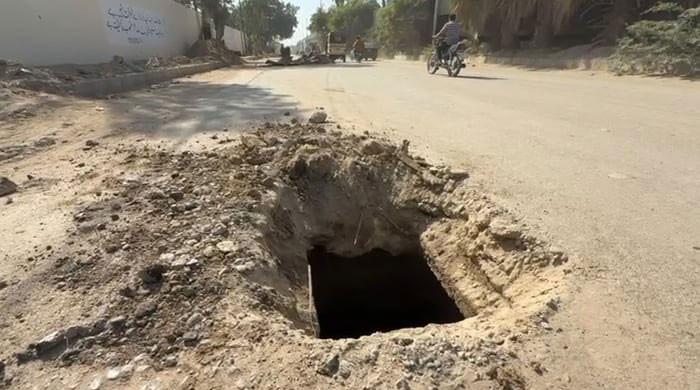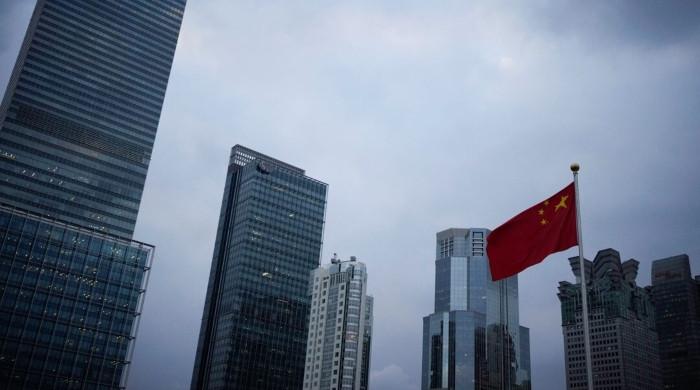Budget 2025-26: Read the fine print?
Current minimum wage, Rs37,000 per month, is almost equivalent to World Bank’s poverty threshold of $4.20 per day
June 12, 2025
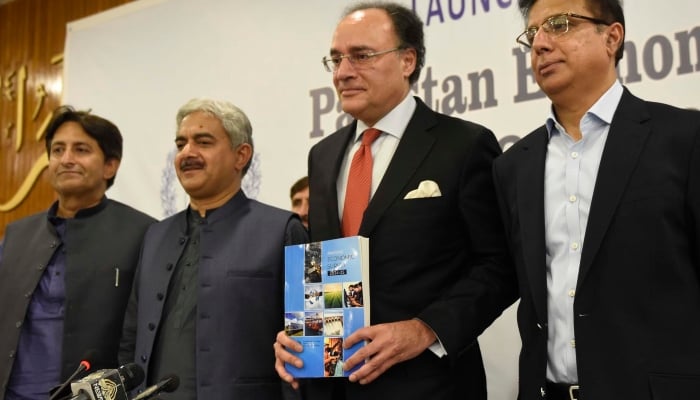
Ever wondered why Pakistan’s Economic Survey is released just a day before the federal budget (finance bill) is presented to parliament? If the survey serves as a diagnostic report on the country’s economic performance during the outgoing fiscal year, then the budget for the next fiscal year is intended to be the prescription to fix any shortcomings.
Before assessing whether Budget 2025-26 will address the issues of low growth identified in the Economic Survey, let us examine the broader context and underlying choices that shaped this budget.
For the first time, the country had to prepare a budget for two separate IMF programmes: the Extended Fund Facility (EFF) and the Sustainability Resilience Facility (for Climate Change). Given the government’s commitments to secure these IMF programmes, one might have anticipated a far harsher budget.
Thanks to the fiscal space secured after the State Bank of Pakistan reduced its policy rate from 22% to 11%, the announced budget surpassed expectations by offering cautiously calibrated relief without entirely compromising fiscal discipline. Consequently, the government has been able to moderately ease the heavy tax burden previously shouldered by salaried employees. There is also an increase, though modest, in the pay and pensions of government employees.
One should also appreciate that the total budget outlay (Rs17.5 trillion) is Rs1.3 trillion less than that of the outgoing budget (Rs18.8 trillion). Likewise, the federal budget deficit (revenue shortfall to meet expenditures) is also Rs1.9 trillion lower than the fiscal deficit of the outgoing budget. Such fiscal prudence is commendable and aligns with the IMF requirements.
The real-estate sector, too, got an anticipated stimulus. By reducing the federal excise duty (FED) and withholding taxes, the government hopes to revitalise this critical economic segment. The government also managed not to impose any sales tax on fertilisers and pesticides. A sales tax on these inputs, along with the agricultural income tax, amidst declining agricultural yields, would have led to political unrest.
The government has also made a noteworthy commitment to social protection by significantly boosting the allocation for the Benazir Income Support Programme (BISP) to Rs716 billion. This enhanced social safety net could provide meaningful support to millions of low-income families, cushioning them against persistent inflationary pressures and economic volatility.
Defence allocations have justifiably increased by 17%, reflecting ongoing tensions and the unstable geopolitical environment. By responding successfully to India with its ten times higher defence spending, Pakistan’s armed forces have silenced the critics of the defence budget.
However, all of the above welcome measures are not without significant caveats. The government needs to expand its revenue collection to afford such relief initiatives. Why? Well, after giving Rs8.2 trillion to provinces from the divisible pool, the federal government will be left with Rs11 trillion only — and it has to meet the budgeted expenditures of Rs17.5 trillion. In other words, the fiscal year starts with a deficit of Rs6.5 trillion.
One would say that the government should reduce its expenditures to match its income. However, let me give you the breakdown of expenditures. I call them the ‘Four Ds’. My first ‘D’ is debt/interest payment. It is Rs8.2 trillion. My second ‘D’ is defence expenditure, which is Rs2.5 trillion. My third ‘D’ is the daily running of civil government (pay and pension). It is nearly Rs2 trillion (1.97 to be precise).
All three are non-discretionary expenses, and no government can compromise on them. After meeting the first two ‘Ds’, the federal government will only be left with Rs315 billion. This means that it will have to borrow for pay, pension, subsidies, grants, PSDP, emergency contingency, etc and any other purposes. Consequently, the development budget has historically either been slashed or not released (after allocations) to cover the first three non-discretionary expenses.
Compared to the Rs11.9 trillion collected in the current fiscal year, revenue collection is set to surge to Rs14.1 trillion in the next fiscal year. Given Pakistan's historical struggles with tax compliance, administrative capacity, and the dominance of the informal sector, this target seems quite challenging, if not impossible. Crucially, however, the bulk of this revenue growth is expected to come from indirect taxes rather than a broadening of the direct tax base. The persistent reliance on indirect taxation, estimated to be around Rs7.2 trillion, is inherently regressive, disproportionately burdening the lower-income segments and potentially exacerbating socio-economic inequality.
Proposed taxes in the energy sector are another fraught area. The government must manage ballooning capacity payments to Independent Power Producers (IPPs), which necessitates keeping consumers connected to the national grid. At the same time, it is committed, under its Nationally Determined Contributions and the IMF’s Climate Resilience Facility, to increase the share of renewables in the energy mix. However, the budget proposes an 18% tax on imported solar panels rather than incentivising solar adoption. Fine, no solar panels, but then it has imposed a carbon levy of Rs2.5 per litre on fossil fuels, and is planning to impose a 10% surcharge on the electricity tariff to recover capacity payment charges.
The solar panel tax could deter households and businesses from investing in clean energy. And the carbon levy, in the absence of a viable substitute for fossil fuels, will compel consumers to use expensive ‘dirty energy’. The anticipated revision of the tariff formula for surplus electricity generated from solar panels, which is sold back to the grid, will further erode incentives for solar adoption. Such a policy mix appears disjointed, potentially reinforcing our long-term dependence on fossil fuels. This, in turn, will make our exports vulnerable in the new ‘carbon-tariff’ trade regime.
E-commerce and digital trade have also come under increased scrutiny for taxation. Given the exponential growth in this sector, taxing online platforms seems logical and overdue. However, enforcing compliance and fairness remains challenging in a country with an expansive informal economy. Likewise, tightening the noose around non-filers, while laudable in intent, relies heavily on effective enforcement, which has historically been a weak point.
One glaring oversight in the budget is treating water infrastructure, particularly dam construction, as business as usual. Given recent geopolitical developments, notably India’s unilateral suspension of the Indus Waters Treaty, which threatens Pakistan’s historical water entitlements under the treaty framework, there is an urgent need to expedite the construction of strategic dams and enhance water storage capacity. Ensuring water security should have ranked higher in budget priorities as a defence mechanism against water aggression.
The budget is glaringly silent about minimum wage. Although minimum wages are not fully enforced in the private sector, they set a baseline, and many national and international firms adhere to them. The current minimum wage, Rs37,000 per month, is almost equivalent to the World Bank’s poverty threshold of $4.20 per day for lower-middle-income countries like Pakistan. The government should increase it to ensure that individuals receiving the minimum wage are not living below the poverty line.
As I mentioned, this budget exceeds my expectations. However, it falls short in one critical area: offering a clear policy roadmap to address the underlying causes of low growth in agriculture and large-scale manufacturing, the very issues diagnosed in the Economic Survey 2024-25. While selective incentives and tax reliefs have been introduced, the provinces have no cohesive federal strategy to revive these two sectors.
The absence of a clear prescription to treat the diagnosed symptoms brings us back to the question posed at the outset: What good is a diagnosis if it is not followed by targeted, systemic treatment?
The writer heads the Sustainable Development Policy Institute (SDPI) and is a member of the advisory board of the Asian Development Bank Institute. He tweets/posts @abidsuleri
Disclaimer: The viewpoints expressed in this piece are the writer's own and don't necessarily reflect Geo.tv's editorial policy.
Originally published in The News




